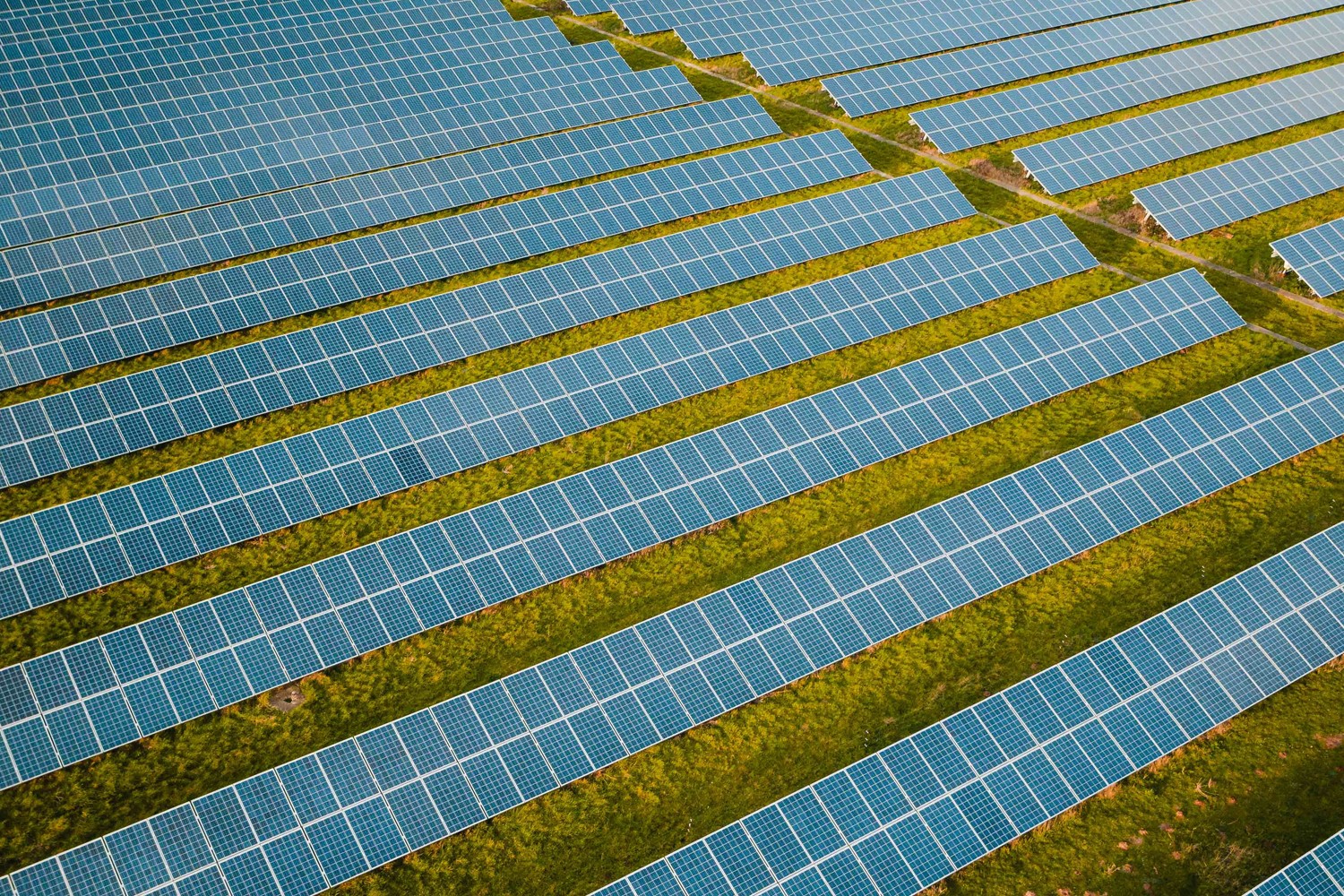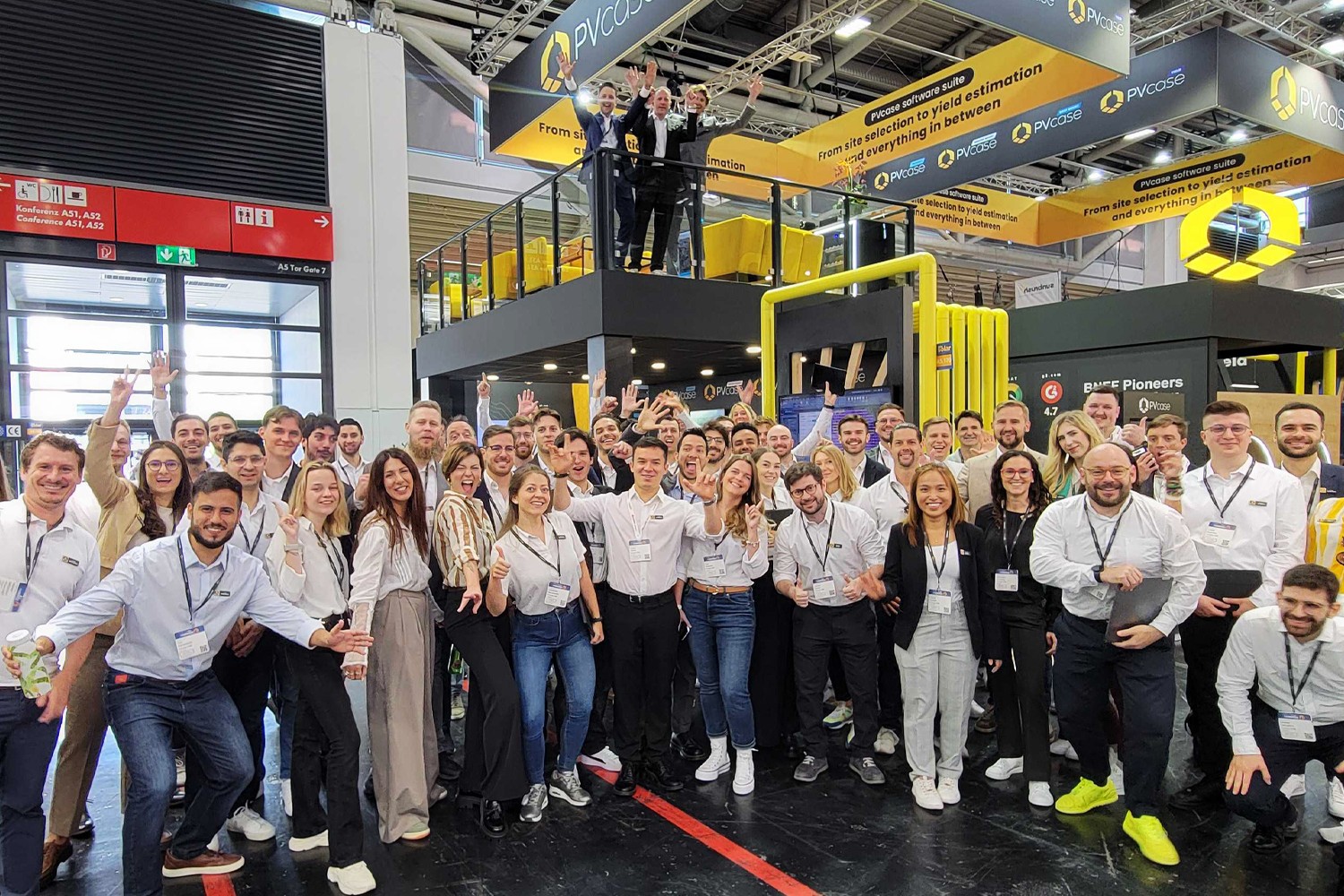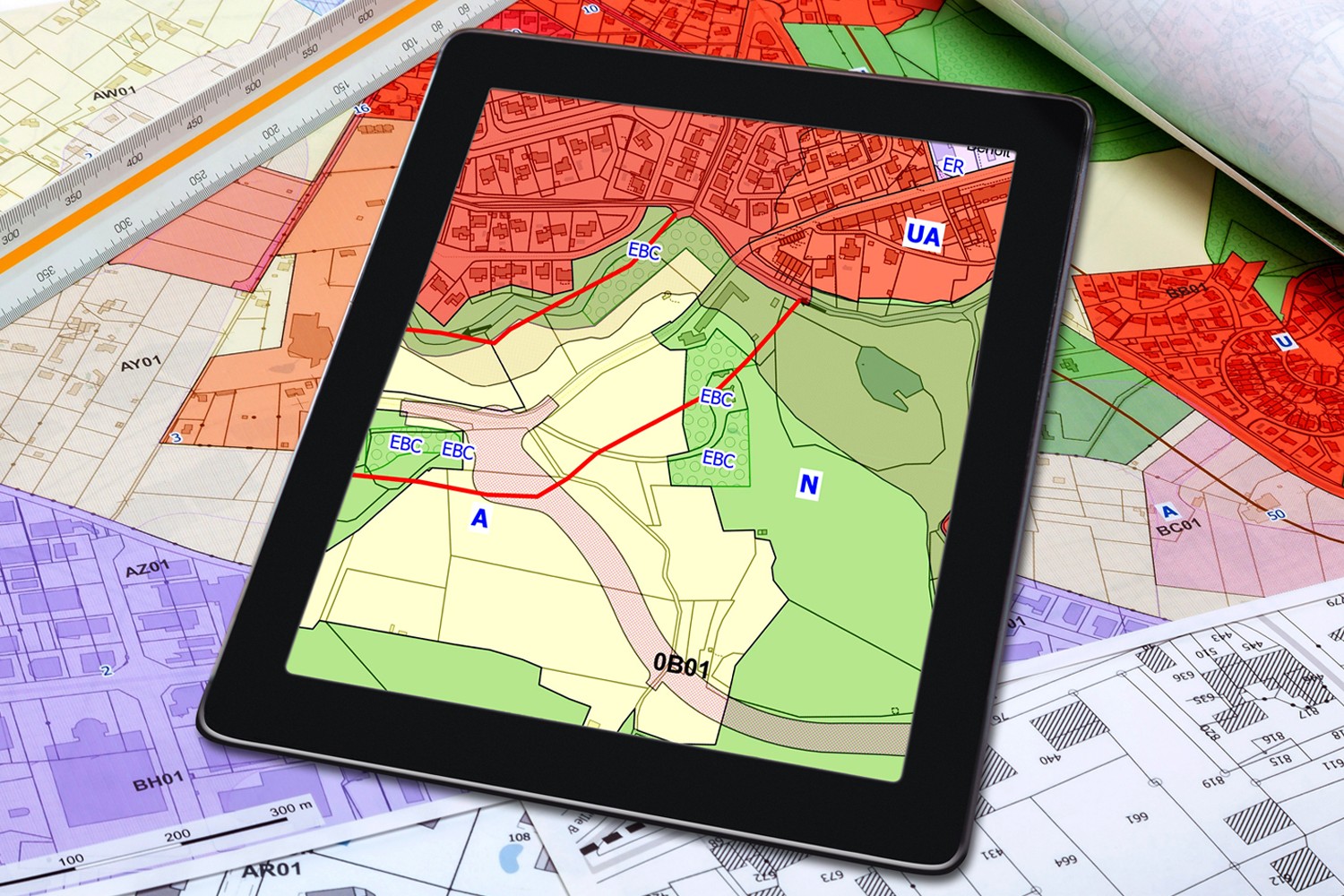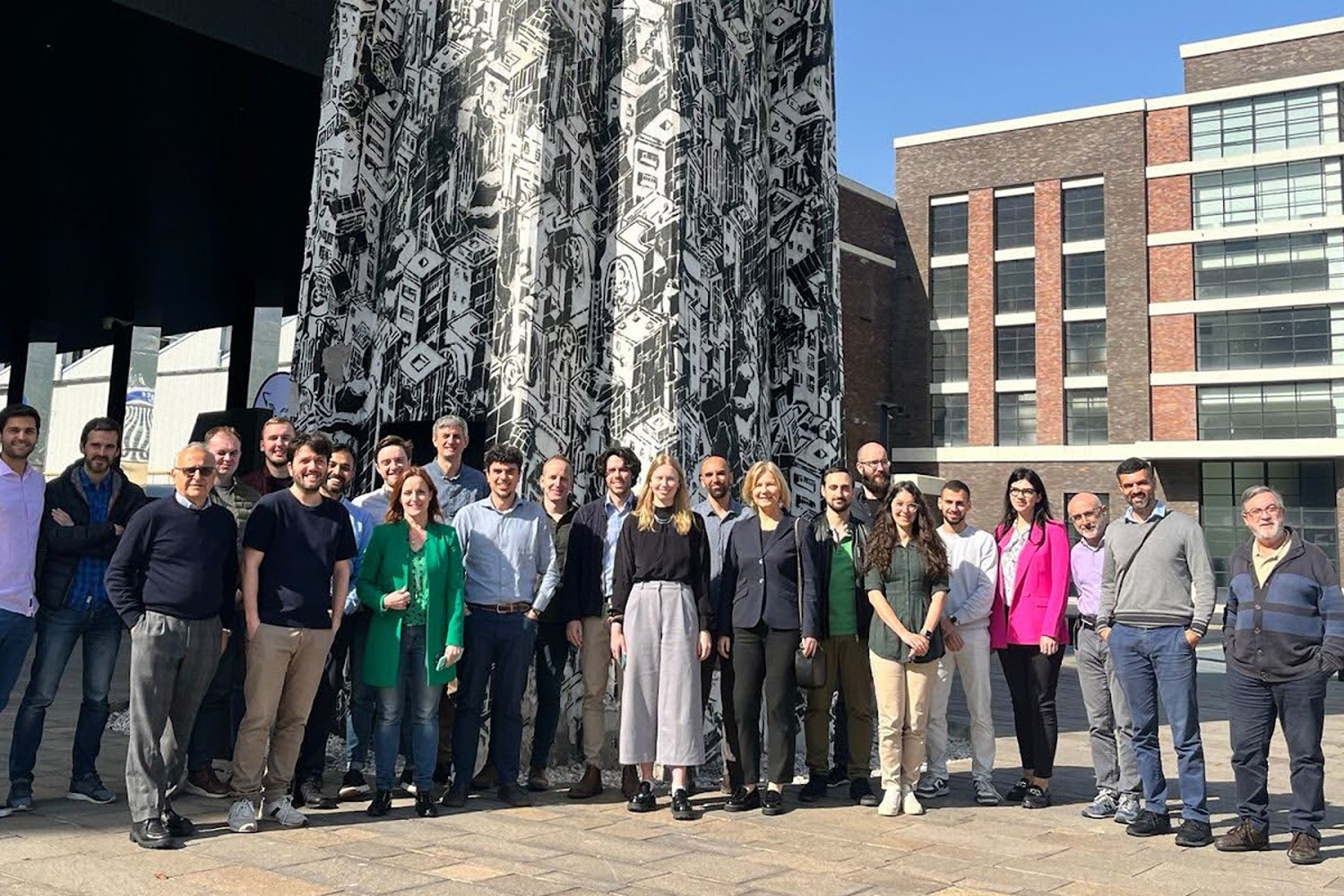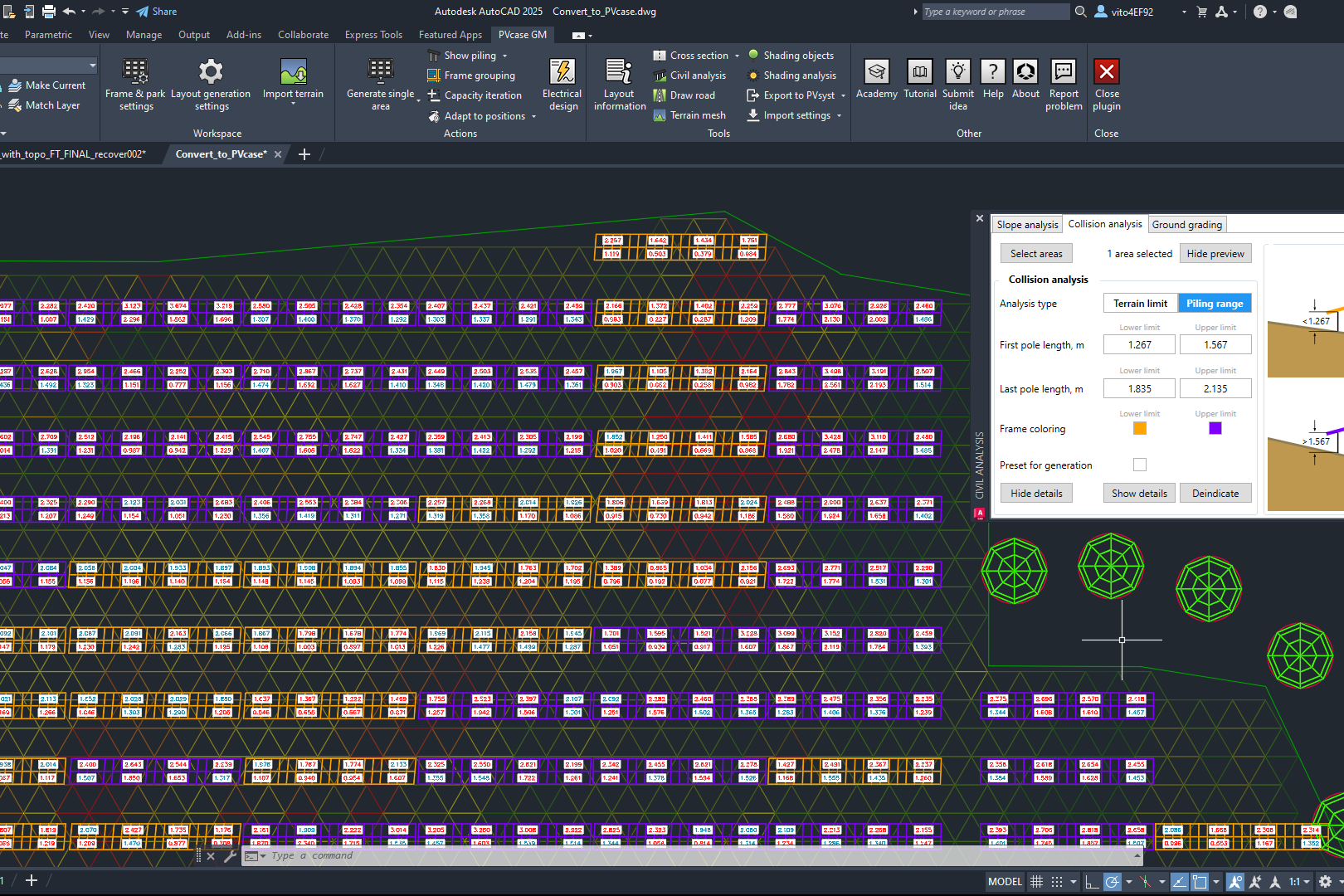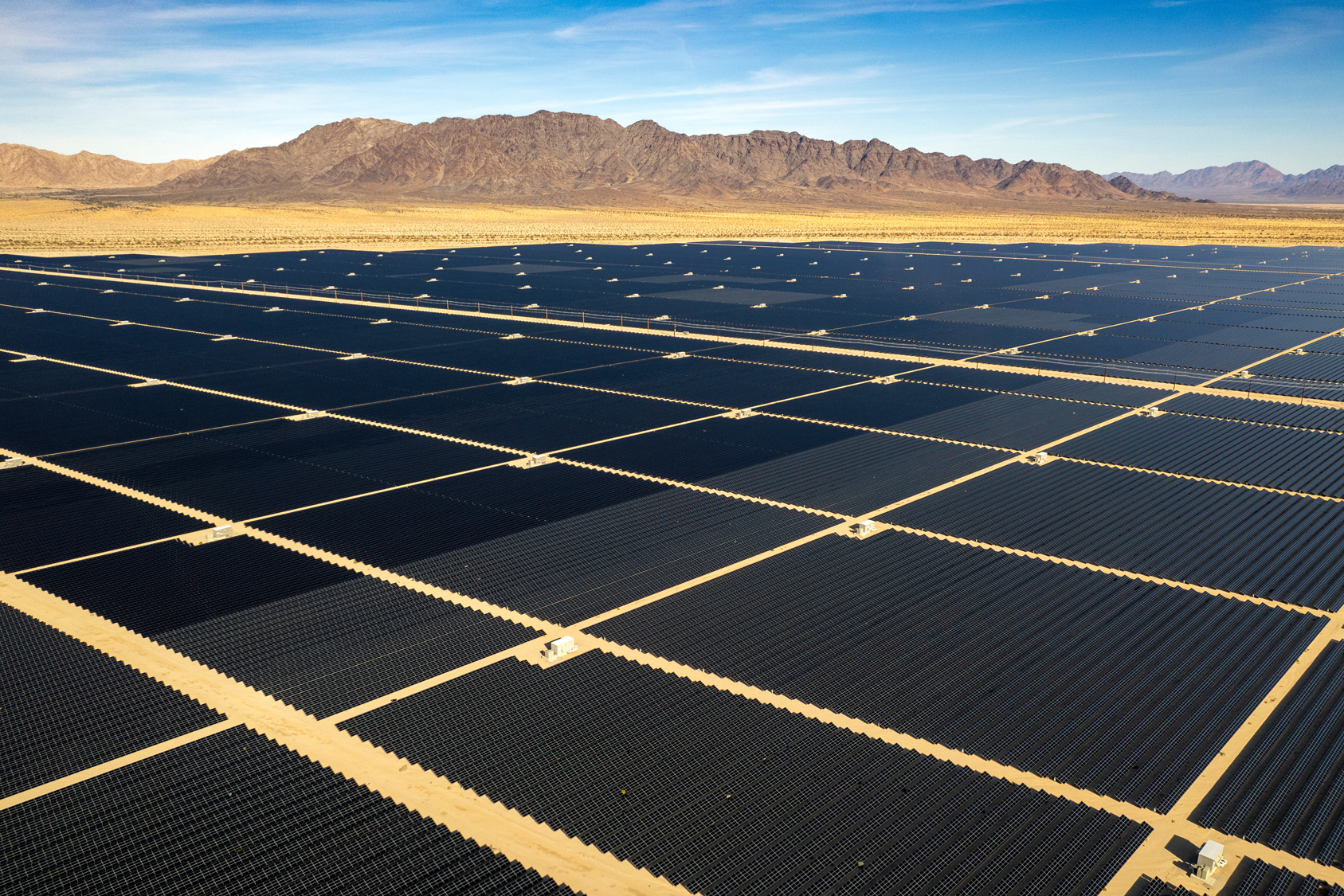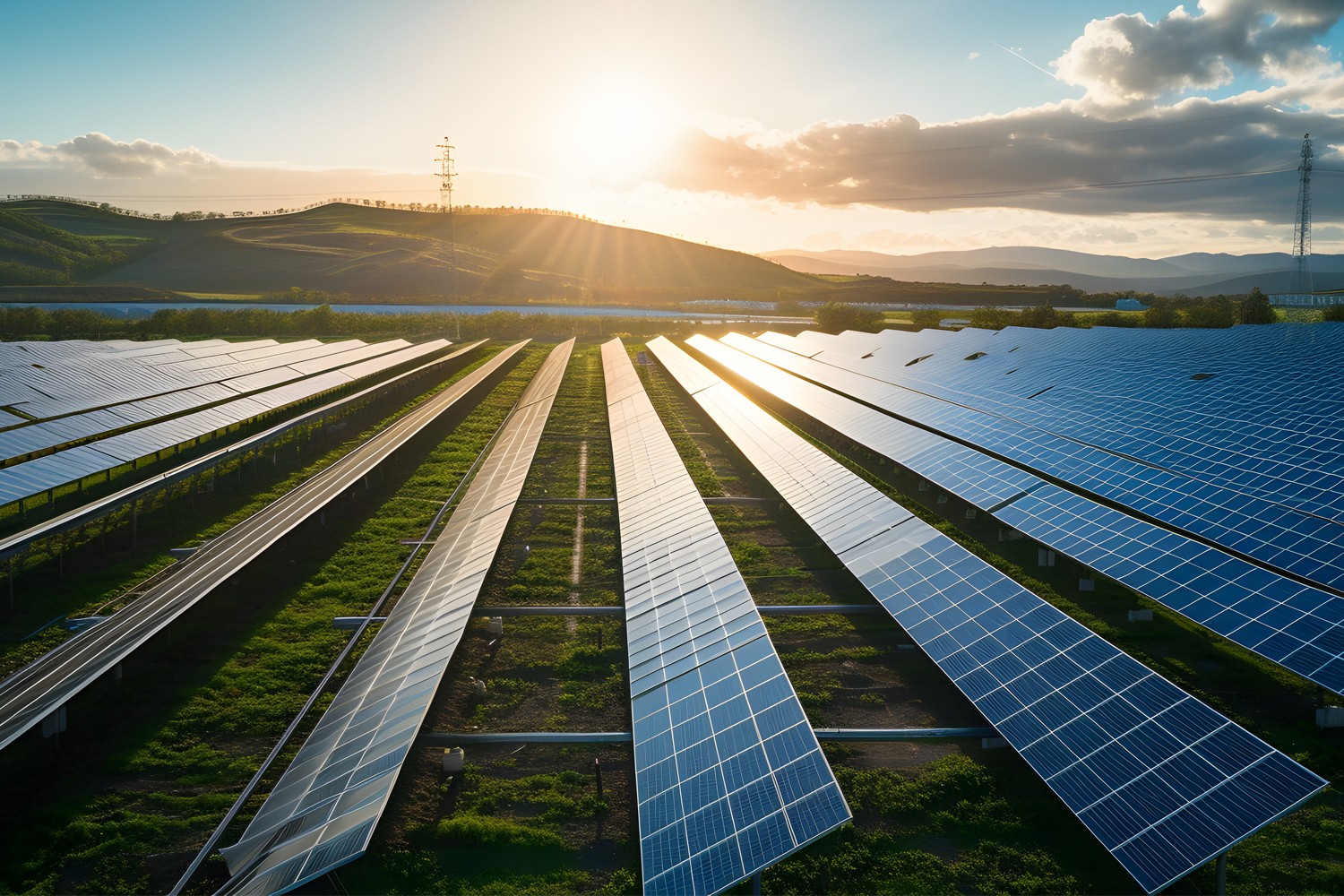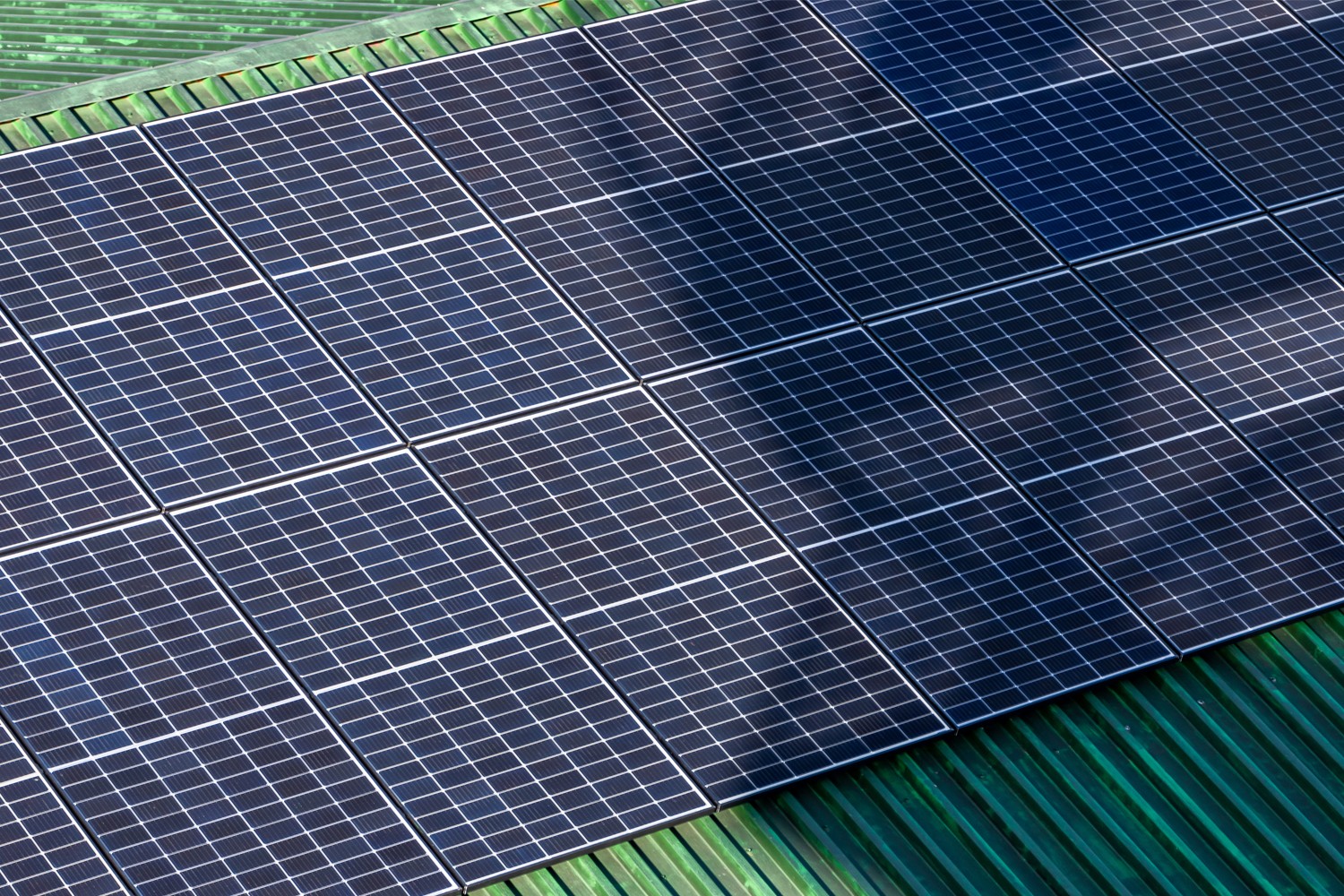It’s with great pride that we announce our nomination for the 2024 BNEF Pioneers Award. PVcase has earned a spot among the top six contenders in the Challenge 1 category, focused on “Relieving Bottlenecks in the Deployment of Clean Power.”
BloombergNEF organized the BNEF Pioneers competition to identify critical challenges in establishing a net-zero economy and highlight innovative companies developing technologies to overcome them.
Significance of the nomination
Challenge 1 zeroes in on smoothing out the roadblocks to deploying clean energy. While solar and wind farms are being installed globally at an unprecedented rate, annual solar and wind installation must increase three times by 2031 and six times by 2050 to achieve net-zero emissions.
Currently, slow grid build-out, grid connection backlogs, permitting challenges, and supply-chain constraints are four significant factors hindering renewable energy deployment. Around 600 GW of solar and wind projects are awaiting grid interconnection in the top five European renewable energy markets, while about 1250 GW is pending in the US.
It’s noteworthy that software solutions represent five of the six finalists in this challenge, underscoring a growing recognition of software’s role in dismantling these barriers. Yet it’s no wonder that innovative design tools hold the key to this issue because of their capabilities to improve efficiency, reduce time spent on repetitive tasks, increase calculation accuracy, and improve the quality and speed of projects.
Considering PVcase’s motto of battling climate change through software, such recognition shows that we are on the right track in pursuing our mission. And yes, we are really eager to win!

The practical benefits of PVcase tools
PVcase tools address one of the most critical bottlenecks: the shortage of skilled workers necessary to deploy solar PV at the speed needed to mitigate anthropogenic climate change and reach net-zero emissions successfully. In the EU, the solar sector will need to attract more than 500 thousand new workers in the next 3 years. Surveys done in the US indicate that engineers and other STEM graduates are the third most in demand profiles by solar companies, closely after installers, electricians, and construction workers.
PVcase tools, including Ground Mount, Roof Mount, and Yield, increase the efficiency of solar engineering processes and the accuracy and speed of developing increasingly complex solar projects. Our tools enable less human power to do more work without compromising the quality.
To automate tasks, numerous developers create their own manual, ad-hoc software, and internal workarounds that often pose severe risks to data integrity.
Additionally, it’s common for engineers to use several unrelated solar software platforms in different project cycles. Our findings suggest that such practice creates significant inefficiencies in data transfer between project lifecycles, increasing data risk and time resources while converting data.
The most striking example of existing inefficiencies in the PV sector relates to the transition from
construction to operational phases. Interviews with sector experts showed that onboarding an average 20 MW PV asset onto advanced O&M platforms requires up to 320 person-hours of work.
In response, we aim to digitalize the entire PV asset lifecycle and create an end-to-end solution, a standardized platform to develop, engineer, analyze, construct, operate, maintain, and eventually dismantle or repower PV assets. PVcase aims to help solar companies overcome data risk, process inefficiencies, and skilled worker scarcity issues.
PVcase suite has become even more powerful with the recent integration of Anderson Optimization products, a cutting-edge site selection software. Together, PVcase and Anderson Optimization ensure comprehensive support for all complex calculations required to select the optimal site for your solar plant.
You might also be interested in:
July 19, 2024
Siting of PV power plants. How to adapt solar designs to complex terrains?
Choosing the wrong PV project site lowers energy output, raises costs, and risks legal issues. PVcase offers solutions. Discover them by reading the article.
July 16, 2024
Overcoming technical challenges in renewable energy projects. How PVcase transformed OHLA’s design process
Explore how OHLA overcame renewable energy design challenges with PVcase, streamlining solar park operations and achieving remarkable business growth.
July 3, 2024
Bridging the renewable energy skills gap. A success story of PVcase, Enery, and the University of Applied Sciences Upper Austria
Discover how PVcase, Enery, and the University of Applied Sciences Upper Austria have collaborated to prepare future solar engineers through an innovative educational initiative,…
July 1, 2024
Top 10 questions from Intersolar Europe 2024, answered
Get answers to the top 10 questions asked during Intersolar Europe 2024 that cover PVcase Prospect's availability, integration of PVcase products, and much more. Your question is…
June 19, 2024
Targeted solar marketing for successful landowner outreach — e-book included!
Discover how innovative strategies and Anderson Optimization's GIS Site Selection can boost solar outreach ROI and conversions. Download the ebook for more insights!
June 3, 2024
PVcase is part of the 42-month long SUPERNOVA project
PVcase, together with 19 partners from all over the world, is part of the 42-month SUPERNOVA project, focusing on O&M and grid-friendly solutions for reliable, bankable, and…
May 29, 2024
PVcase tools are now compatible with AutoCAD 2025!
We’re happy to announce that you can now use PVcase Ground Mound and Roof Mount, our flagship CAD-based tools, on AutoCAD 2025, enjoy its multiple functionalities and integrate…
May 20, 2024
PVcase is the finalist of “The smarter E AWARD” in the Photovoltaics category
We’re the finalists of “The Smarter E AWARD”! Read more about the nomination and dive into the PVcase Integrated Product Suite offering that innovates the industry.
May 14, 2024
Making great designs on good sites—the importance of topo data for PV design
Topo data is the first step in determining the success of your solar project. While the terrain is crucial in this regard, developers should also consider grid connectivity and…
April 29, 2024
How policy can shape future solar energy expansion
Policymakers and regulatory organizations must actively support solar power's growth and renewable energy advancement. Read the article to learn how.
April 25, 2024
Shading Analysis: advanced feature for C&I roof-mount solar projects is live
Shading Analysis is live! Read the article to learn about benefits, capabilities of the tool, and how it can help users and decision-makers.
April 9, 2024
PVcase wins the BNEF Pioneer Award 2024 for innovative solar design solutions
We won the prestigious 2024 BNEF Pioneers Award! Find out how our software contributes to relieving bottlenecks in the deployment of clean power.
March 29, 2024
Sustainable cities: what urban living of the future might look like
From clean energy to green bonds and renewable energy stocks, there are many ways you can invest your money in a sustainable future. Find them out by reading the article.
March 22, 2024
8 ways to invest your money in a sustainable future
From clean energy to green bonds and renewable energy stocks, there are many ways you can invest your money in a sustainable future. Find them out by reading the article.
March 21, 2024
8 business opportunities in renewable energy
There are many potentially lucrative business opportunities in renewable energy. Learn how you can use these opportunities to make money while contributing to the green…


